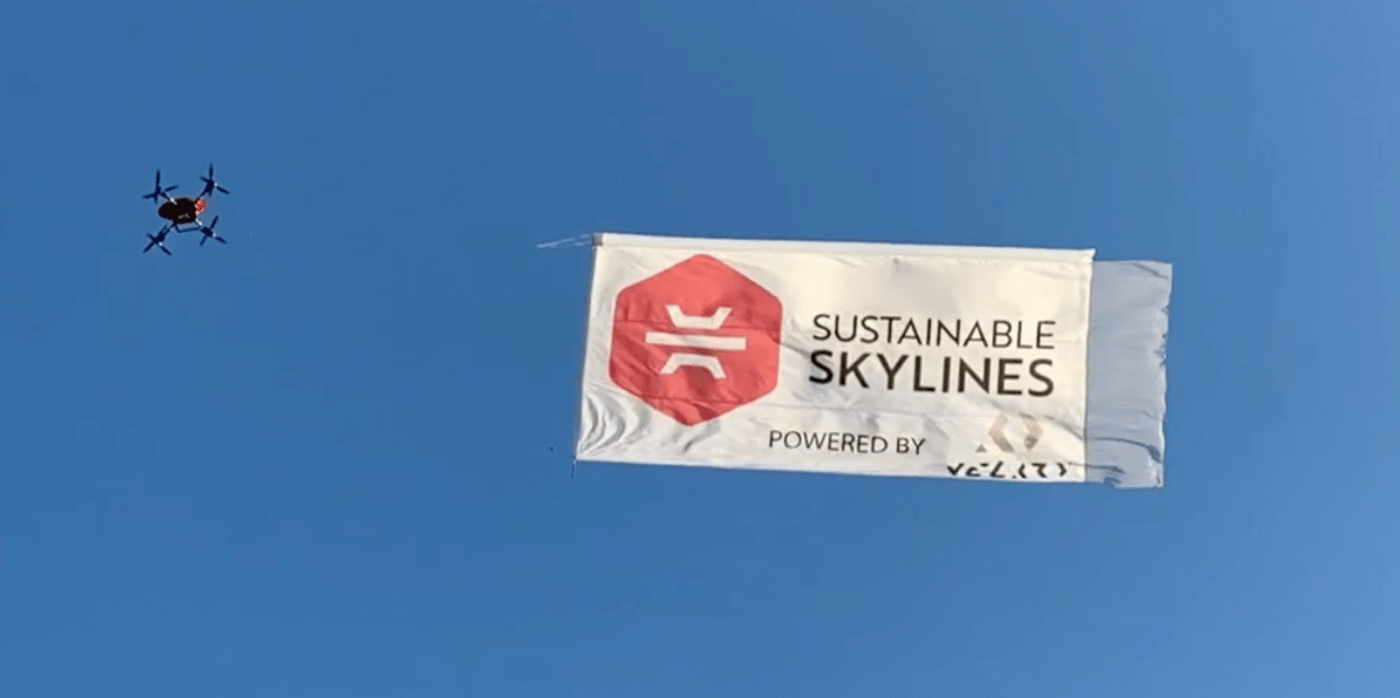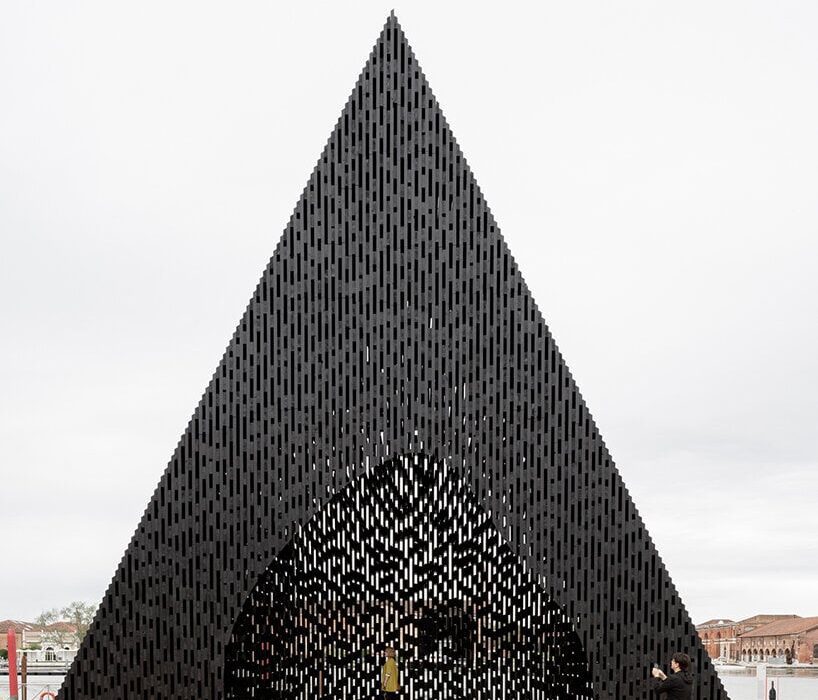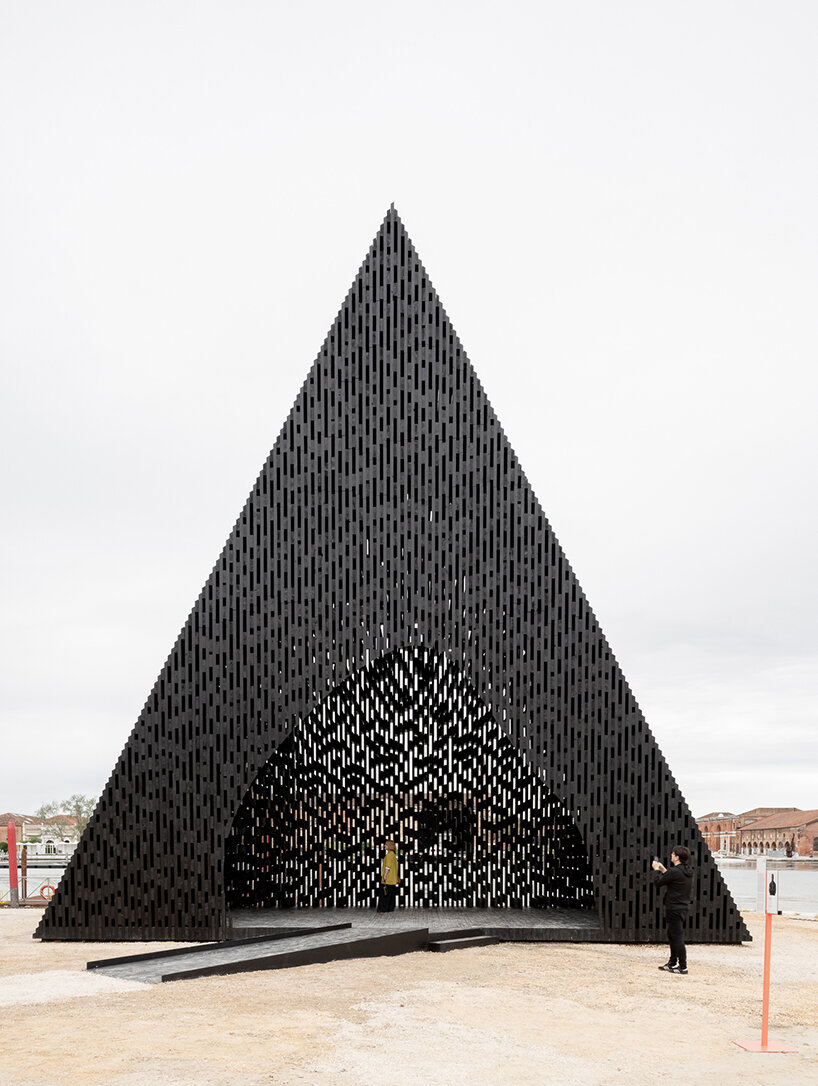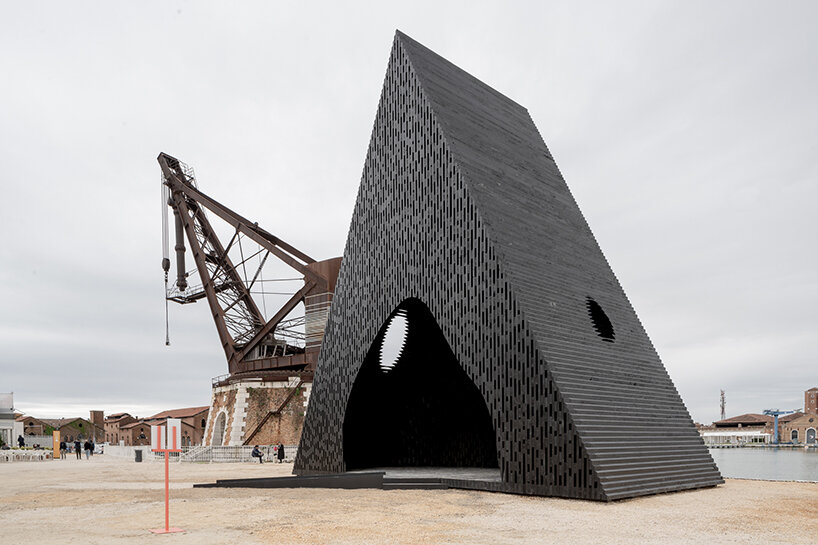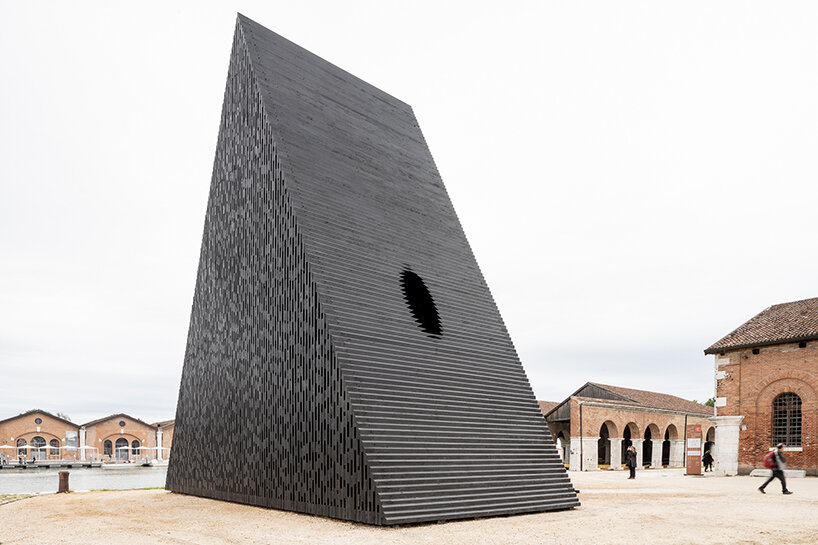Mapping the sky to prevent planet-warming contrails

Spotted: The white streaks that aircraft leave in the sky, known as contrails, account for almost 60 per cent of aviation’s climate impact. But up until recently, contrail prevention was deemed either too difficult or impossible. Now, however, Cambridge-based Satavia has created a technology that enables airlines to create flight plans that minimise contrail formation.
Using data analytics and AI, Satavia has developed a weather prediction model that can forecast the conditions that lead to the formation of contrails. The company’s tech platform, DECISIONX, harnesses and combines multiple environmental, weather, and aircraft data to provide insights into local conditions in the atmosphere anywhere, anytime. This system builds on Satavia’s 5-DX software, which acts as a ‘digital twin’ of the the earth’s atmosphere from surface to space.
The insights from DECISIONX enable flight planners to make decisions to minimise climate impact. For example, they may modify a flight’s altitude or route to avoid flying through parts of the atmosphere that technology indicates are prone to contrail formation. These changes need not be dramatic, as a lot of contrail damage can be prevented by even the slightest variations in a flight path.
The Satavia platform further enables organisations to validate contrail prevention and best practice, and the quantified climate benefit can be converted into ‘future carbon equivalent units’ for trading on voluntary carbon exchanges.
Last year, Etihad Airways signed a multi-year contract with Satavia for contrail prevention. It aimed to see Etihad scale Satavia’s software and apply it through its daily flight operations.
Springwise has previously spotted other innovations aimed at making the aviation sector more sustainable, from the development of a carbon-neutral fuel to AI making flights more efficient.
Written By: Georgia King




